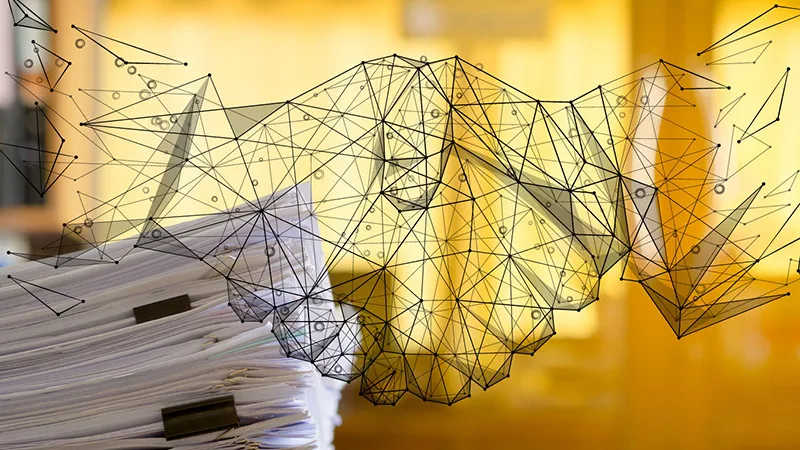
An Intelligent Contracts or Smart Connector is a piece of code used to enforce the terms of a specific contractual agreement with the Blakechin. This agreement will make transactions securely between anonymous contracts. Transactions are recorded that are transparent and legible and no longer requires third-party interfaces.
What is a Smart Contract?
While the smart contract appears to be a very new technology, it was first introduced in 1994 by an American computer scientist Nick Sesabo (Nick Szebo is believed to be the Satoshi Nakamoto maker, but he denies such a claim.) In an article Szebo remembers the "smart contract" as a "computerized transaction protocol" that fulfills the terms of the contract.
Now many Szebo theories have become the core capabilities of intelligent contracts. Smart contracts help people make it easier to buy and sell online using computer codes. Smart contracts are an advanced version of the code "If X happened Y".
BlockCheck's contracts provide trading and transaction control to users and vendors, not financial and credit institutions, banks, and, in addition, records seamlessly for transactions. Unfortunately, the name of the smart contract is a bit confusing. When we think of an ordinary contract, a piece of paper plays a role in our mind, in which the details of a legal contract are written. An intelligent contract not only specifies the conditions, but also implements them using the blocked encryption code.
5 Examples of how the smart contract works
While the smart contract is more related to Ethereum, Bitcoin also has the ability to support the intelligent base contract. But the bitcoin programming language makes it impossible to build smart contracts. But Ethereum, based on the programming language, makes it easier to code out more intelligently than intelligent contracts. Here are some examples for understanding better intelligent contracts:
Example 1: You have a campaign to build something similar to BlockChink's Kickstarter. The smart contract automatically records all payments as long as the money is collected, and if enough money is not collected before the deadline date, the smart contract will refund the money to those who have participated in the campaign and paid the money.
Example 2: The United States voting system is seriously investigated due to fraud and hacking claims. An Intelligent Contractual System is safer by using unchanged blockade technology from current electronic voting systems. Follow My Vote is a block-level voting platform that supports all the features needed by an accurate voting system: security, accuracy, transparency, anonymity, freedom and justice. Voters are logged in and voting using a government ID card, a webcam, and a computer.
Example 3: uPort uses Ethereum's intelligent contract to maintain user identity. For example, if you are traveling to another country and have uploaded your passport documents to uPort, you can only provide the information that is required to control the passport and only confirm the information that you are in charge of. This agreement rejects any attempt to access this information if it is not necessary. The amount of information provided is also limited.
Example 4: Midasium Contract is a digital display of a bilateral agreement in a real estate contract. Midasium creates self-executing contracts and specifies and addresses the terms of bank loans, legal documents, and matching of payments. Midasium contracts do not require third-party intermediaries. In addition, users can turn their smart Midasium contracts into regular paper contracts for legal issues.
Example 5: Another example of an Intelligent Air Traffic Contracts Agreement (AXA) is fizzy. Instead of having to wait weeks for work, AXA fizzy pays for damages directly. You buy from AXA a cheap flight insurance that stores your information in fizzy. Instead, fizzy registers your purchase on the Etherium blockade. Your smart contract is connected to the global air traffic database. As a result, as your flight is delayed by two hours, the damages system is automatically activated.

When the smart contract is written, it will be uploaded to the EVM EtherMo virtual machine. The EVM is connected to each node or node of the Ethereum, where each node can check and see if the terms of the contract have been implemented. If the answer is yes, the nodes will act in accordance with the terms of the contract. Of course, smart contracts are not only very useful tools for specific contracts, but are a great way to decentralize applications.